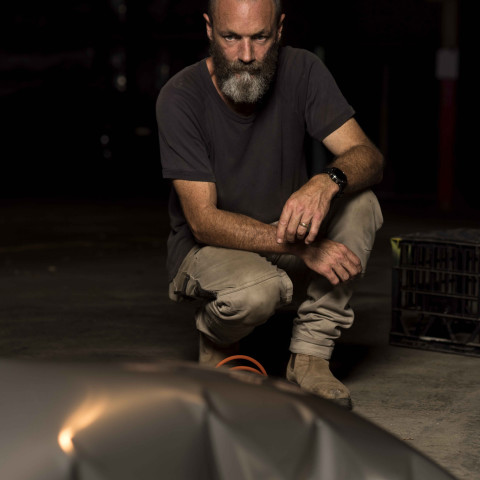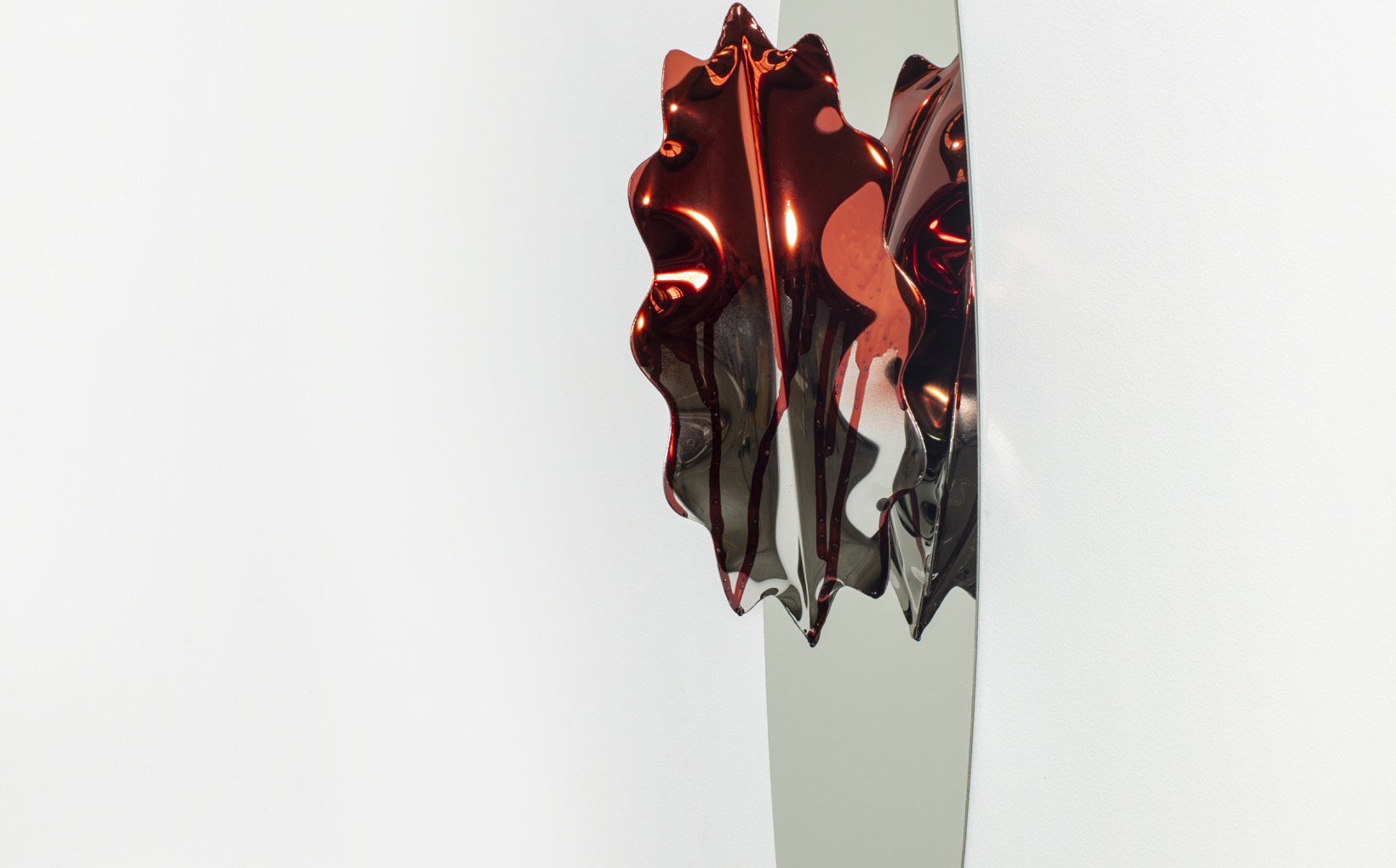
LIves and works in Newcastle, NSW

The trophy: a paradoxical object. To some, a gleaming stand-in for desire, conquest, and achievement. To others, it represents years of striving and sacrifice—distilled into a single emblem. We award it to ourselves in countless forms: the gold medal raised aloft, the mounted head above the mantel, the showroom car gleaming under lights, the “trophy wife or husband” paraded as a marker of success. The trophy is revered, not for its material worth, but for the symbolic power we grant it. It falls easily into metaphor because it captures something elusive in human ambition: our restless need to pursue, display, and immortalise achievement.
In The Trophy Room, Braddon Snape takes the loaded symbol of the trophy and turns it over in his hands, testing its paradox. He probes our fascination with this symbolism through a series of lustrous works, translating tension into sculptural form. The works expand, inflate, and assert themselves, yet remain contained. These sculptures are intimate rather than monumental, and each carries the sense of something painstakingly, yet imperfectly, composed.
The title invites multiple readings. It gestures toward the hunting lodge, with its walls of mounted heads frozen on display. It evokes the cultural obsession with winning, the compulsion to strive toward a symbol that can never fully satisfy. Like the elusive forms of his sculptures, perfection is always just beyond reach. The surface will never be flawless, the process never fully controlled, the “trophy” never as fulfilling as the chase. And if the works carry a sly humour—with their teasing titles, tongue-in-cheek ambiguity and play of sexual innuendo—it’s because Snape recognises the futility of taking the trophy’s glistening seduction too seriously.
Materially, their reflective surfaces refuse to give the viewer what they expect. They act as distorted mirrors, catching glimpses of us and the room around them, folding reality back into itself until form and object blur. As with much of Snape’s work, the surfaces conceal as much as they reveal. To look at them is to confront your own image—distorted, refracted, unreachable—inviting recognition of our own complicity in desire.
If a trophy is supposed to immortalise achievement, Snape’s work destabilises that promise. These objects are not markers of victory, but embodiments of striving itself. Ultimately, The Trophy Room holds up a mirror to our own compulsions: our obsession with winning, with measuring ourselves against impossible ideals. They remind us that pursuit can be both destructive and absurd, and that perhaps the most meaningful thing lies not in the prize, but in the pressure of becoming.
Anthea Mentzalis
September, 2025
Photo credit: Stuart Marlin
Your monthly art news on the run plus invitations to Nanda\Hobbs exhibitions and events